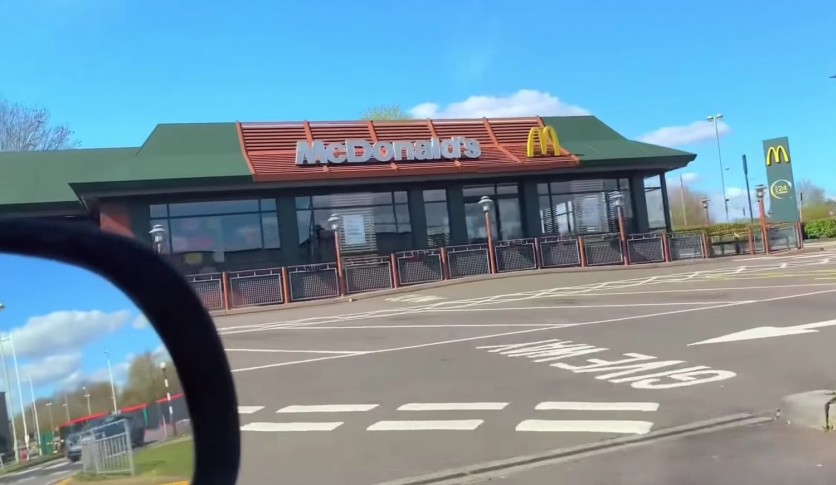
Foodchains like McDonald's are now adopting advanced smart-drive thru features that further ease the transaction and other activities. Computer-operated systems that work like Apple's Siri and Amazon's Alexa made drive-thru much more comfortable through artificial intelligence.
The said features contributed to more efficiency in serving food, and the competition only gets tighter from here. Find out the amazing technologies behind this 'big' leap in foodservice.
Food Chains Now Rely on Advanced Smart Drive-Thru Features
In a report by CNN, the pandemic has become a great challenge in the food industry, especially the sales only depended on drive-thru in the majority. For instance, a food chain such as Chipotle and Shake Shack will now implement a drive-thru for the first time this summer.
On the other hand, to the restaurants that have already drive-thru systems before, White Castle and Burger King saw that the physical queues are only leading to problems like food order inaccuracy and long queues. The said food chains came up with the idea of exploring the use of artificial intelligence even before the pandemic broke out.
Now, you can see some smart-drive thru features in these huge food giants. Facial recognition is now a thing to some restaurants, where virtual assistants recognize the customers through scanning. Payment processes are also much faster compared to traditional since automated ordering was done through computers.
Just imagine that people have been enduring the traditional way of ordering food and paying over the past years. Now, the technology of drive-thru has been gradually rising and continuously coping with the modern changes.
According to Lisa van Kesteren, the CEO of Seelevel HX, an agency that specializes in improving customer experience, technology has been a vital part of the advancement of drive-thru features. Kesteren added that this only showed how food chains adjusted in the middle of a pandemic.
Read Also : Friends Hacked McDonald's Self-Service Machine To Get Free Burger: Here's How They Did It
How Fast-Food Drive-Thru Features Help the Customers?
Besides facial recognition, companies have leaned on a simpler menu to cater to more people. Few restaurants used AI devices for license plate scanning, so future orders will be forecasted. Moreover, mobile orders will now be possible through the drive-thru with just a simple tap.
In 2019, McDonald's adopted Apprente, an AI startup that makes use of voice technology so order taking will be much more convenient. The California-based franchise also acquired Dynamic Yield, another AI system that focuses on digitally improving the customer ordering experience.
In a report by The Wall Street Journal, the Dynamic Yield has been widely implemented across the United States and Canada. In Australia, the system is now integrated into some kiosks. This also helped McDonald's stay on track with the digital strategy, which was even made intense, especially only a few customers eat in the restaurants.
Meanwhile, White Castle depends on the camera utilized for license-plate recognition. This requires the customers' permission since they will be sharing their plate number with the food restaurant through the app-based loyalty program.
The involved software called Craver Nation manages the order history of the customers. If they want to return to White Castle, they are already recognized in the system.
On the other hand, Fair Oaks Burger will not let you anymore pay using your credit card or physical money through facial recognition. Through PopPay, customers can only take a picture of themselves and their credit cards. The cash will be automatically deducted from their account.
The Issue Behind These Drive-Thru Features
Many are concerned about what seems to be a Jetsons treatment, where computers are now the only workers in food chains. This reality alarms workers as the looming unemployment continue to increase.
This technological advancement may have eased the speed and convenience for the food chains, but at the expense of losing jobs over computers, the real issue of employment is not yet solved.
Related Article : McDonald's To Buy Start-Up So It Can Automatically Tweak Drive-Thru Menu
This article is owned by Tech Times.
Written by Joen Coronel

![Apple Watch Series 10 [GPS 42mm]](https://d.techtimes.com/en/full/453899/apple-watch-series-10-gps-42mm.jpg?w=184&h=103&f=9fb3c2ea2db928c663d1d2eadbcb3e52)


